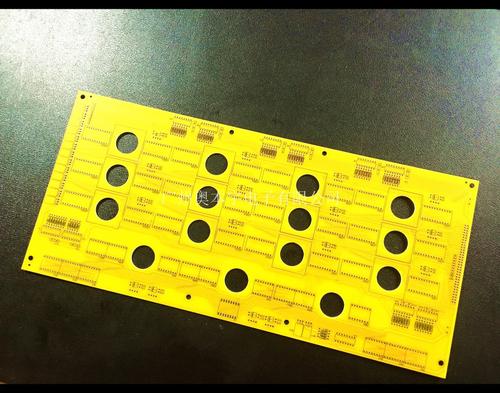-
CN
-
Service Hotline
+8618129931046 Mr. Liao


Time:2025-10-17 Views:1

Printed Circuit Boards (PCBs) dedicated to protection circuits play a vital role in safeguarding electronic systems from various potential hazards, such as overvoltage, overcurrent, short circuits, and electrostatic discharge. These specialized PCBs are meticulously designed to integrate components and pathways that ensure the reliable operation of protection circuits, protecting the integrity of the overall electronic device.
The design of PCB boards for protection circuits begins with a thorough understanding of the specific protection requirements. For overvoltage protection, components like metal - oxide varistors (MOVs), transient voltage suppressors (TVSs), and gas - discharge tubes are commonly employed. The PCB layout must carefully route the electrical paths to ensure that these components can quickly divert excess voltage away from sensitive circuitry. Proper spacing and isolation between different voltage levels are crucial to prevent arcing and electrical breakdown. For example, in power supply systems, the PCB for the overvoltage protection circuit needs to position MOVs close to the power input terminals and provide clear and low - impedance pathways for the transient voltage to flow to the ground.
When it comes to overcurrent protection, fuses, current - sensing resistors, and circuit breakers are key components. The PCB design should facilitate the installation and connection of these elements, ensuring that they can accurately detect and interrupt excessive current flows. The trace width of the PCB is an important consideration, as it must be able to handle the normal operating current without overheating while also allowing for the rapid melting of the fuse or activation of the circuit breaker in case of an overcurrent event. Additionally, thermal management on the PCB is essential, especially for high - current applications. Heat - dissipating vias and appropriate copper layer thicknesses can help dissipate the heat generated by the current - handling components.
Electrostatic discharge (ESD) protection is another critical aspect. PCB boards for protection circuits often incorporate ESD - protection devices, such as ESD - suppressor diodes, at strategic locations. These devices need to be connected to a proper grounding network on the PCB. A well - designed ground plane with low impedance is necessary to effectively discharge the electrostatic charges. The layout should also minimize the length of the signal traces that are vulnerable to ESD strikes and ensure that sensitive components are shielded from potential electrostatic fields.
In terms of materials, PCB boards for protection circuits typically use high - quality laminate materials with good electrical insulation properties and thermal stability. FR - 4, a common fiberglass - epoxy laminate, is often chosen due to its balanced performance in terms of cost, durability, and electrical characteristics. However, for more demanding applications, materials with higher thermal conductivity or better flame - retardant properties may be required. Overall, the design and fabrication of PCB boards dedicated to protection circuits demand a comprehensive approach to ensure the effective protection of electronic systems against a wide range of electrical threats.